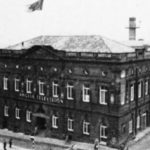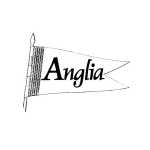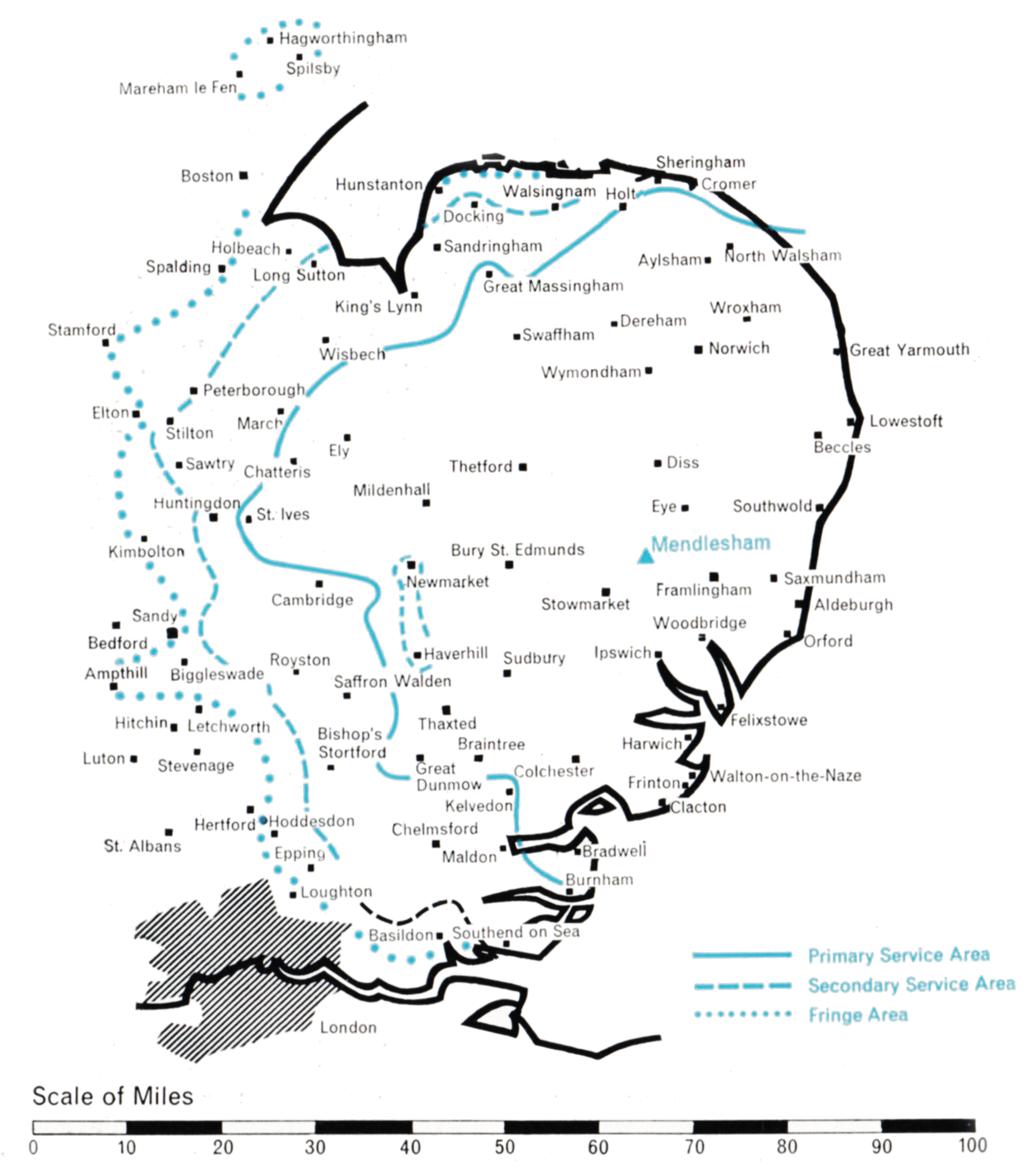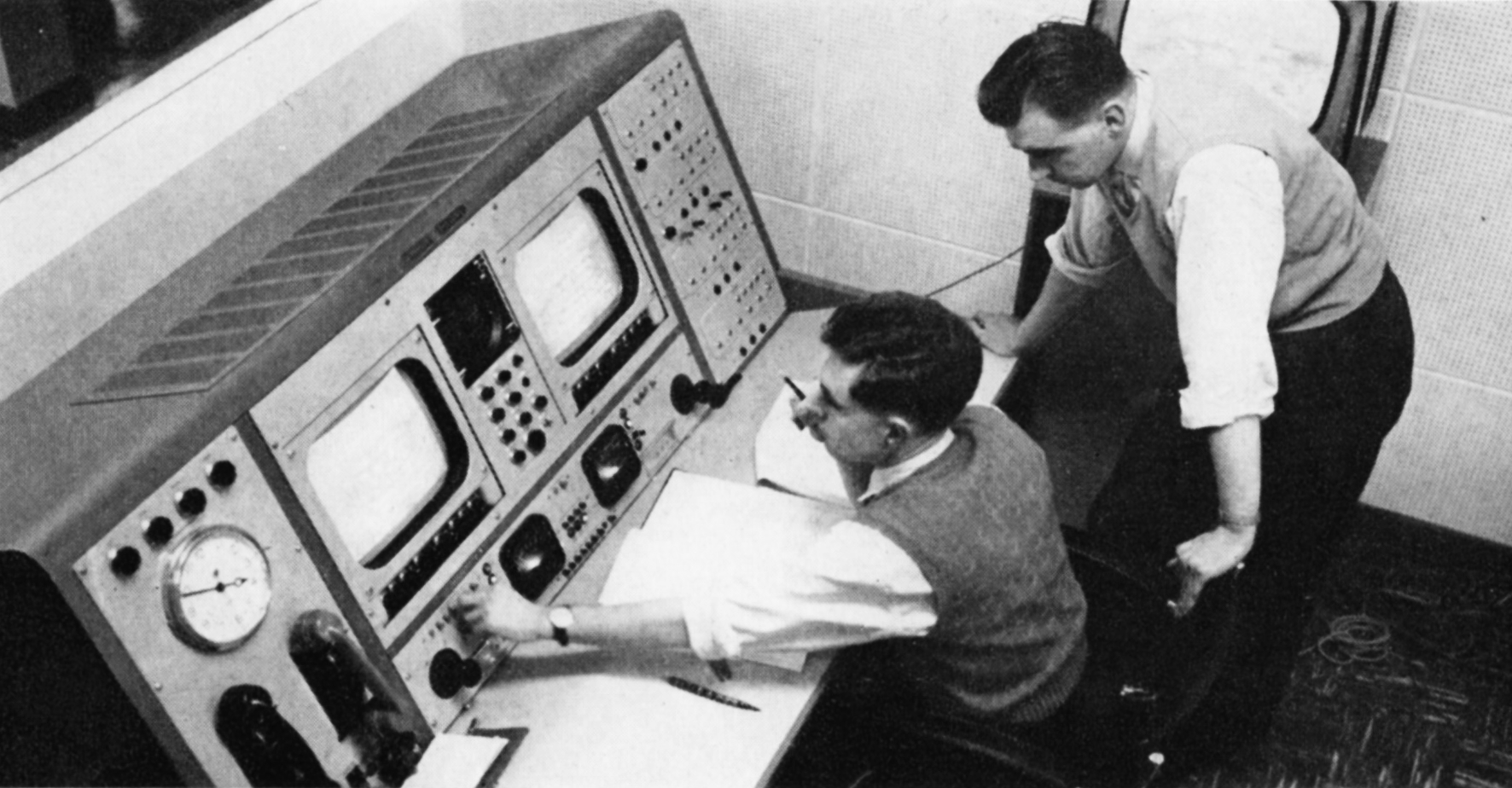East Anglia

Under agreement with the Independent Television Authority, Anglia Television provides television programmes in East Anglia throughout the week.
 Head Office: Anglia House, Norwich, NOR 07A, Norfolk
Head Office: Anglia House, Norwich, NOR 07A, Norfolk
NORWICH 28366
London Office: Brook House, 113 Park Lane, W.1.
HYDe Park 8331
Northern Sales Office: 132 Royal Exchange, Manchester 2
BLACKFRIARS 8575
ITA Channel Vision Sound Opening Date Population ITA Homes
Transmitter Frequency Frequency 000's 000's
Mc/s Mc/s
Mendlesham 11 204.74325 201.23 27th Oct 1959 2,550 460
Directors
The Marquess Townshend of Raynham (Chairman); A Buxton, MC, L Scott, J Woolf (Executive Directors); D Albery; Sir Robert Bignold DL, JP; WO Copeman CBE, JP; G Daniel; Sir Peter Greenwell, Bt; Miss A Richards CBE
Officers
M Norman (Chief Executive); AJ Gorard (Company Secretary/Chief Accountant); TAH Marshall (Technical Controller); A Clifford (Controller of Local Programmes); P Holmans (Controller of Programme Planning); J Margetson (Sales Controller)
Religious Advisers
Rev AR Freeman (Church of England); Rev AR Manley (Roman Catholic); Rev EF Jones (Free Church)
Education Advisers
Glyn Daniel MA, PhD, FSA; Miss Audrey Richards CBE, MA, PhD
School Liaison Officer
Paul Johnson MA
Staff
Anglia Television employs a staff of just under 340, with many more under contract for particular programmes.
Visits to Studios
A limited number of tickets are available for audiences at certain shows, the maximum capacity of Studio A being 200. Applications, enclosing stamped addressed envelopes, should be made to: “Audiences”, Public Relations Department, Anglia Television, Anglia House, Norwich, NOR 07A, Norfolk. No audiences are admitted to drama productions or to “About Anglia”.
Enquiries
General enquiries from the public should be made to the Public Relations Department in Norwich; enquiries by artistes’ agents to the Contracts Department, Norwich. Press enquiries should be made to the “Press Officer” at either the Norwich or London offices.
Submission of Scripts
Material required: 30-, 60- and 90-minute plays in script form. Outlines of ideas are not acceptable unless submitted by authors who have had previous experience in television writing. All submissins should be addressed to: The Drama Department, which is located at the London office.
Programme Journal
TV Times publishes a separate edition for the Anglia Television Area which gives details of the available programmes.
Studios
ANGLIA HOUSE, Norwich, Norfolk (Norwich 28366). Anglia Television headquarters are situated in the centre of the City of Norwich and include Anglia House (the production and administrative centre), Cereal House (Accounts Department) and Golden Ball Yard (Storage Facilities). These premises comprise a total floor area of 63,000 sq. ft.
Anglia House contains four production studios as follows: Studio A, 52′ × 62′ (3,224 sq. ft.); Studio B, 25′ × 41′ (1,031 sq. ft.); Studio C, 18′ × 13′ (231 sq. ft.); Studio D, 9′ × 6′ (54 sq. ft.). The two main production studios are equipped with Pye 4½-in. Mark V Camera Channels and comprehensive sound and lighting equipment.
Telecine
Four channels of Rank Cintel Flying Spot Telecine, each capable of handling 16-mm. or 35-mm. material with all classes of married and unmarried sound. Two channels are also capable of handling slides.
Outside Broadcasts
An Outside Broadcast Unit is available equipped with two Pye 4½-in. Mark V Camera Channels and an Ampex VTR machine.
Videotape Recording
In addition to the Mobile VTR machine, which is also operable in conjunction with studio facilities at Anglia House, a further static Ampex VTR machine is in Anglia House, Norwich.
Film Department
The Anglia Television Film Department consists of one Feature Sound Film unit, one Feature Silent Film Unit, one News Sound Film Unit and one News Silent Film Unit.
The Anglia Television Natural History Film Unit
The Unit, which is based in London, was formed in 1959 to concentrate exclusively on the production of natural history programmes. It has travelled extensively obtaining information for Survival productions and has been associated with two of the World Wildlife Fund’s most important rescue operations.
Programmes
In addition to a wide variety of local programmes designed to cater for the interests of the East Anglian community, Anglia drama and natural history productions are transmitted on the ITV network. Anglia productions include: News and News Magazines: Anglia News, About Anglia, Town and Country Review, Anglia Weather Service. Talks, Discussions and Documentaries: Look To Tomorrow, Arena, Now You’re Talking, Cambridge Union Debates, Tavern Talk. The Arts: What? Where? When? Science and Natural History: Survival, Countryman, Living With Animals. Farming: Farming Diary. Religion: Food For Thought, Church Services, Epilogue. Children: Afternoon Club, Just The Job, Top of the Class. Adult Education: Cambridge Lectures (Once A Kingdom). Plays and Drama: contributions to the Play of the Week and Television Playhouse series, Thirty Minute Theatre. Light Entertainment and Music: Music Match, I Packed My Bag. Sport: Match of the Week.
News Coverage
Two permanently attached film units consisting of approximately 100 correspondents, 25 free-lance cameramen, news room production staff and copy takers present news coverage every night of the week, and, in addition, a regular late-night local news summary. Weather forecasts by Anglia’s own meteorologists are broadcast every night.


